In May This Year, The Templeton Prize Went To Tensin Gyatso (aka The 14th Dalai Lama), However An Additional
In May this year, the Templeton Prize went to Tensin Gyatso (aka the 14th Dalai Lama), however an additional grant of $200,000 has also been given to cosmologist Geoff Marcey of Berkeley. Marcey realized that the Kepler data might also reveal stars that are surrounded by Dyson Spheres.
The Search for Extraterrestrial Dyson_Spheres and Extrasolar Space Habitats in other solar_systems.
More Posts from Aspergers1044 and Others
Here's a Look at The Lunar Space Elevator!
Ranger Robin wrote Books on Birds.





Miniature Monday!
Small books about birds by “Ranger Robin” published by Phillips and Hunt. No date, but definitely 19th century. These are four inches tall, so they are a bit beyond a miniature book, but definitely still small.
The books are: Hawks and Owls, Swimming Birds, Tooth-Billed Birds, Vultures and Eagles, and Wading Birds.
Seemed a shame that color wasn’t available to them when they printed that frontispiece, so I added the red they must have wished for.
Gift of Carol Kapell in Memory of Pauline B. Deems.
-Colleen
With Net Neutrality On The Chopping Block, Communities Are Taking Matters Into their Own Hands—And Scaring The Hell Out Of Comcast
“Communism deprives no man of the power to appropriate the products of society; all that it does is to deprive him of the power to subjugate the labor of others by means of such appropriations.”
— Karl Marx/Friedrich Engels, “The Communist Manifesto”
The Evolution and The Origin of Life on Earth.

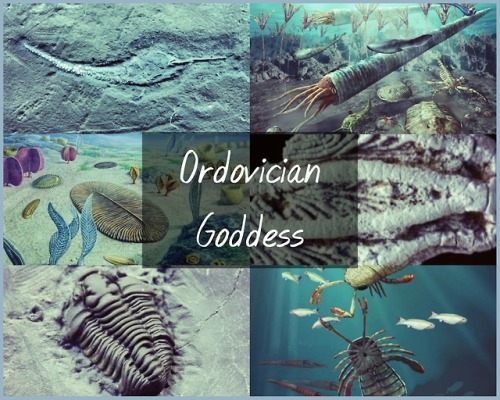
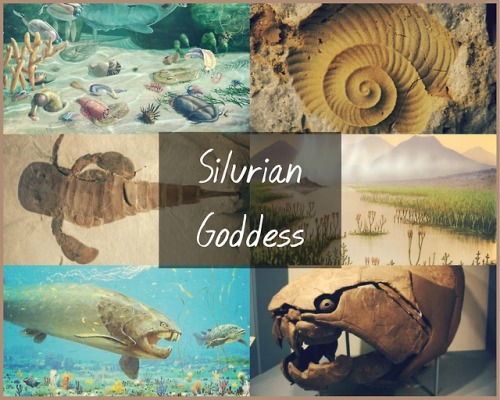
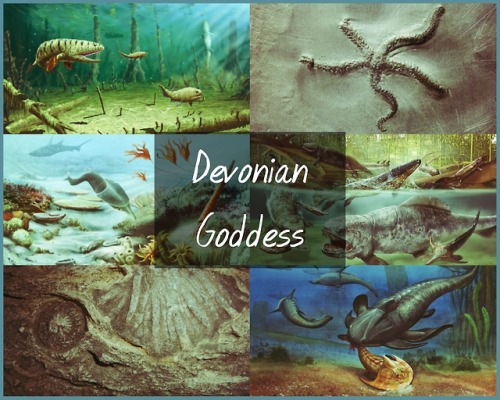
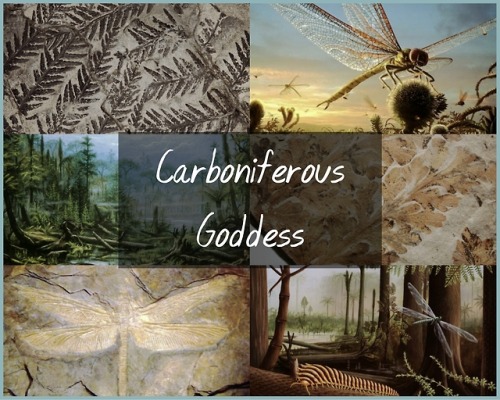
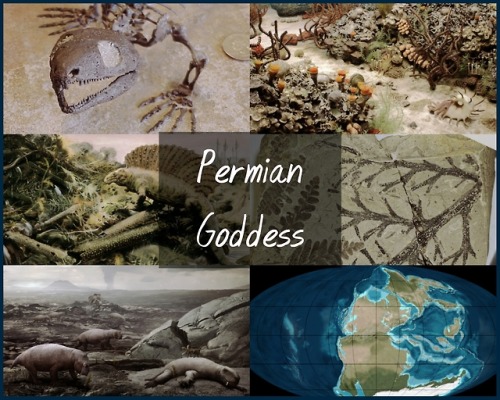
Phanerozoic Eon Goddesses Moodboards (1/3)
Paleozoic Era: Goddesses of Early Life
Trees on Extrasolar Habitable Worlds could be Black, Purple or Red as well as Green.
With Net Neutrality On The Chopping Block, Communities Are Taking Matters Into their Own Hands—And Scaring The Hell Out Of Comcast
Could the demand for a cure to autism be coming exclusively from neurotypical parents given the existence of advocates against a cure who...
It could be that most of The Demand for a Cure for Autism comes from Neurotypicals. Answer by Zem Jones:
To "cure" me would be to change the person I am into someone I don't recognise. To "cure" some of the issues caused by my autism, such as my heightened anxiety, or hyperacusis, or my bowel problems, would be a blessed relief. People who want a cure for autism do not understand what needs curing and generally they must be people who don't know autism from the inside, or people who have been taught that it is autism that is the whole problem when it is probably a sensory difference or comorbid condition or combination of them that causes the discomfort and distress they see on the outside. I have a friend who has a child with Kanner's autism. He also has epilepsy. She tells me that when his epilepsy is under control he thrives as if his presentation was more like Asperger's rather than Kanner's but she always knows when a big fit is coming because he regresses into classic autistic behaviours for days beforehand. To me this says the autism is not the problem for him and I suspect the same is true for most children diagnosed with classic autism - if they could tell us what the problem really is and we could cure that then how much better would their lives be? I think people who want to cure the autism itself don't even know what autism really is.
Could the demand for a cure to autism be coming exclusively from neurotypical parents given the existence of advocates against a cure who...
Spectroscopic Observations of The Atmospheres and possibly even The Surfaces of Extrasolar Planets and Extrasolar Satellites.

ESA’s next science mission to focus on nature of exoplanets
The nature of planets orbiting stars in other systems will be the focus for ESA’s fourth medium-class science mission, to be launched in mid 2028.
Ariel, the Atmospheric Remote‐sensing Infrared Exoplanet Large‐survey mission, was selected by ESA today as part of its Cosmic Vision plan.
The mission addresses one of the key themes of Cosmic Vision: What are the conditions for planet formation and the emergence of life?
Thousands of exoplanets have already been discovered with a huge range of masses, sizes and orbits, but there is no apparent pattern linking these characteristics to the nature of the parent star. In particular, there is a gap in our knowledge of how the planet’s chemistry is linked to the environment where it formed, or whether the type of host star drives the physics and chemistry of the planet’s evolution.
Ariel will address fundamental questions on what exoplanets are made of and how planetary systems form and evolve by investigating the atmospheres of hundreds of planets orbiting different types of stars, enabling the diversity of properties of both individual planets as well as within populations to be assessed.
Observations of these worlds will give insights into the early stages of planetary and atmospheric formation, and their subsequent evolution, in turn contributing to put our own Solar System in context.
“Ariel is a logical next step in exoplanet science, allowing us to progress on key science questions regarding their formation and evolution, while also helping us to understand Earth’s place in the Universe,” says Günther Hasinger, ESA Director of Science.
“Ariel will allow European scientists to maintain competitiveness in this dynamic field. It will build on the experiences and knowledge gained from previous exoplanet missions.”
The mission will focus on warm and hot planets, ranging from super-Earths to gas giants orbiting close to their parent stars, taking advantage of their well-mixed atmospheres to decipher their bulk composition.
Ariel will measure the chemical fingerprints of the atmospheres as the planet crosses in front of its host star, observing the amount of dimming at a precision level of 10–100 parts per million relative to the star.
As well as detecting signs of well-known ingredients such as water vapour, carbon dioxide and methane, it will also be able to measure more exotic metallic compounds, putting the planet in context of the chemical environment of the host star.
For a select number of planets, Ariel will also perform a deep survey of their cloud systems and study seasonal and daily atmospheric variations.
Ariel’s metre-class telescope will operate at visible and infrared wavelengths. It will be launched on ESA’s new Ariane 6 rocket from Europe’s spaceport in Kourou in mid 2028. It will operate from an orbit around the second Lagrange point, L2, 1.5 million kilometres directly ‘behind’ Earth as viewed from the Sun, on an initial four-year mission.
Following its selection by ESA’s Science Programme Committee, the mission will continue into another round of detailed mission study to define the satellite’s design. This would lead to the ‘adoption’ of the mission – presently planned for 2020 – following which an industrial contractor will be selected to build it.
Ariel was chosen from three candidates, competing against the space plasma physics mission Thor (Turbulence Heating ObserveR) and the high-energy astrophysics mission Xipe (X-ray Imaging Polarimetry Explorer).
Solar Orbiter, Euclid and Plato have already been selected as medium-class missions.
I sure hope that I can get some certain iRobot Automated Household Cleaners someday!


